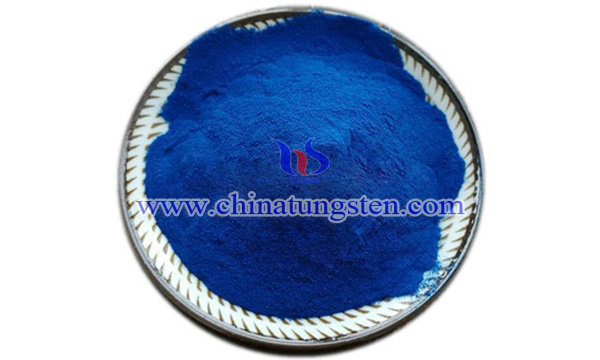Tungsten Oxide Nanoparticles Fight against Infection and Cancer
- Details
- Category: Tungsten's News
- Published on Saturday, 28 April 2018 16:10
Tungsten oxide attracts a great deal of attention on the part of scientists and industrialists due to its vast scope of applications for photo- and electrochromic devices, photosensitive materials and biomedicine. For example, it may be used as an X-ray contrast agent for computer tomography - an essential diagnostic tool for internal organ visualisation.
Moreover, tungsten oxide has a strong antibacterial effect based on high photocatalytic activity, which may be further increased by UV irradiation and the use of smaller tungsten particles. Therefore, tungsten oxide is currently used as a visible spectrum photocatalyst for wastewater purification.
Chemists from the Institute of Theoretical and Experimental Biophysics (ITEB RAS), Institute of General and Inorganic Chemistry in Russia with their colleagues from the Ukrainian Institute of Microbiology and Virology obtained nanodisperse tungsten oxide colloid solution. The scientists conducted a complex analysis of particle features and demonstrated their photocatalytic activity through the photodegradation of an indigo carmine pigment. In the presence of tungsten oxide particles, the pigment quickly disintegrated even in the daylight. If additional UV irradiation was applied, this process sped up dramatically even despite low particle concentration.

The team studied how new particles influence various biological objects including both Gram-positive and negative bacteria, Candida fungus and mice cells. Anton Popov, a member of Cell and Tissue Growth Laboratory of ITEB RAS comments on the study: "We analysed tungsten oxide particles cytotoxicity to prokaryotic microorganisms and eukaryotic cells. They show different sensitivity to particle influence, which is apparently related to morphological features of cell membranes and metabolic differences."
During experiments, researchers treated cells with a range of particle concentrations, irradiated cells with UV light and evaluated their condition. In particular, they examined reactive oxygen species level and cell division speed. It turned out that tungsten oxide toxic effect depended on particle dosage and UV irradiation time. Interestingly, low tungsten oxide concentrations were harmless to mice cells while being fatal to bacteria. Presumably it relates to the difference in structure of prokaryotic and eukaryotic cell membranes. However, high tungsten oxide concentrations showed significant toxicity regardless of the cell type.
Another remarkable feature of the new particles is their selective toxicity to cancer cells, which opens the way for a new promising research field. Since particles are selectively toxic to cancer and may serve as an X-ray contrast agent for computer tomography, it is possible to use them for theranostics. This is a new way for designing drugs that act as both diagnostic and treatment agents.
Experimental data suggests even more applications for the new particles. For instance, coatings based on such particles may be useful for providing biosecurity in public places such as hospitals, supermarkets or public transport. Nonetheless, the study also shows that tungsten oxide should be used under strict control so as to avoid toxic influence to humans. The study of synthesis and properties of tungsten oxide nanoparticles was conducted with financial support of The Russian Science Foundation.
- Tungsten Oxide Manufacturer & Supplier, Chinatungsten Online: www.tungsten-oxide.com
- Tungsten News & Prices of China Tungsten Industry Association: www.ctia.com.cn
- Molybdenum News & Price: news.molybdenum.com.cn
- Tel.: 86 592 5129696; Fax: 86 592 5129797; Email: sales@chinatungsten.com



 sales@chinatungsten.com
sales@chinatungsten.com